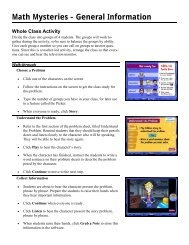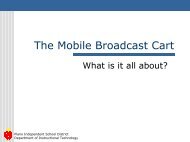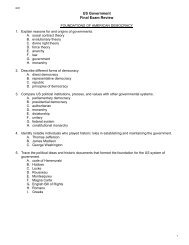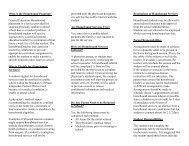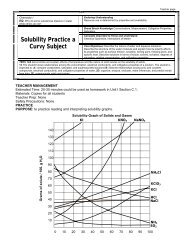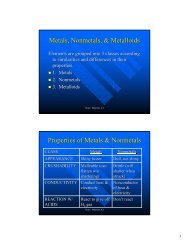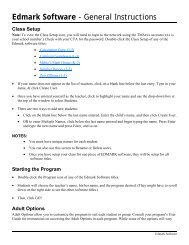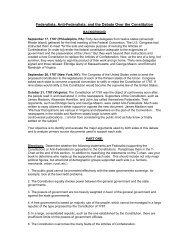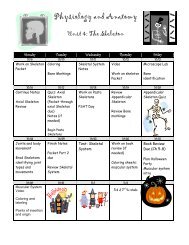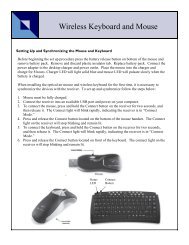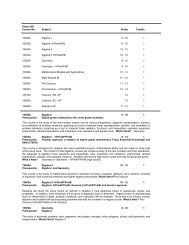Elementary Technology Literacy Guide (PDF) - K12 - Plano ISD ...
Elementary Technology Literacy Guide (PDF) - K12 - Plano ISD ...
Elementary Technology Literacy Guide (PDF) - K12 - Plano ISD ...
You also want an ePaper? Increase the reach of your titles
YUMPU automatically turns print PDFs into web optimized ePapers that Google loves.
§126.3. <strong>Technology</strong> Applications, Grades 3-5.<br />
(a) Introduction.<br />
(1) The technology applications curriculum has four strands: foundations, information<br />
acquisition, work in solving problems, and communication.<br />
(2) Through the study of technology applications foundations, including technology-related<br />
terms, concepts, and data input strategies, students learn to make informed decisions<br />
about technologies and their applications. The efficient acquisition of information<br />
includes the identification of task requirements; the plan for using search strategies; and<br />
the use of technology to access, analyze, and evaluate the acquired information. By<br />
using technology as a tool that supports the work of individuals and groups in solving<br />
problems, students will select the technology appropriate for the task, synthesize<br />
knowledge, create a solution, and evaluate the results. Students communicate<br />
information in different formats and to diverse audiences. A variety of technologies will<br />
be used. Students will analyze and evaluate the results.<br />
(b) Knowledge and skills.<br />
(1) Foundations. The student demonstrates knowledge and appropriate use of hardware<br />
components, software programs, and their connections. The student is expected to:<br />
(A) use technology terminology appropriate to the task;<br />
(B) save and delete files, uses menu options and commands, and work with more than<br />
one software application;<br />
(C) identify and describe the characteristics of digital input, processing, and output;<br />
(D) delineate and make necessary adjustments regarding compatibility issues including,<br />
but not limited to, digital file formats and cross platform connectivity; and<br />
(E) access remote equipment on a network such as a printer or other peripherals.<br />
(2) Foundations. The student uses data input skills appropriate to the task. The student is<br />
expected to:<br />
(A) use a variety of input devices such as mouse, keyboard, disk drive, modem,<br />
voice/sound recorder, scanner, digital video, CD-ROM, or touch screen;<br />
(B) use proper keyboarding techniques such as correct hand and body positions and<br />
smooth and rhythmic keystroke patterns;<br />
(C) demonstrate touch keyboarding techniques for operating the alphabetic, numeric,<br />
punctuation, and symbol keys as grade-level appropriate;<br />
(D) produce documents at the keyboard, proofread, and correct errors;<br />
(E) use language skills including capitalization, punctuation, spelling, word division, and<br />
use of numbers and symbols as grade-level appropriate; and<br />
<strong>Plano</strong> <strong>ISD</strong> <strong>Elementary</strong> <strong>Technology</strong> <strong>Literacy</strong> <strong>Guide</strong> Page 63




